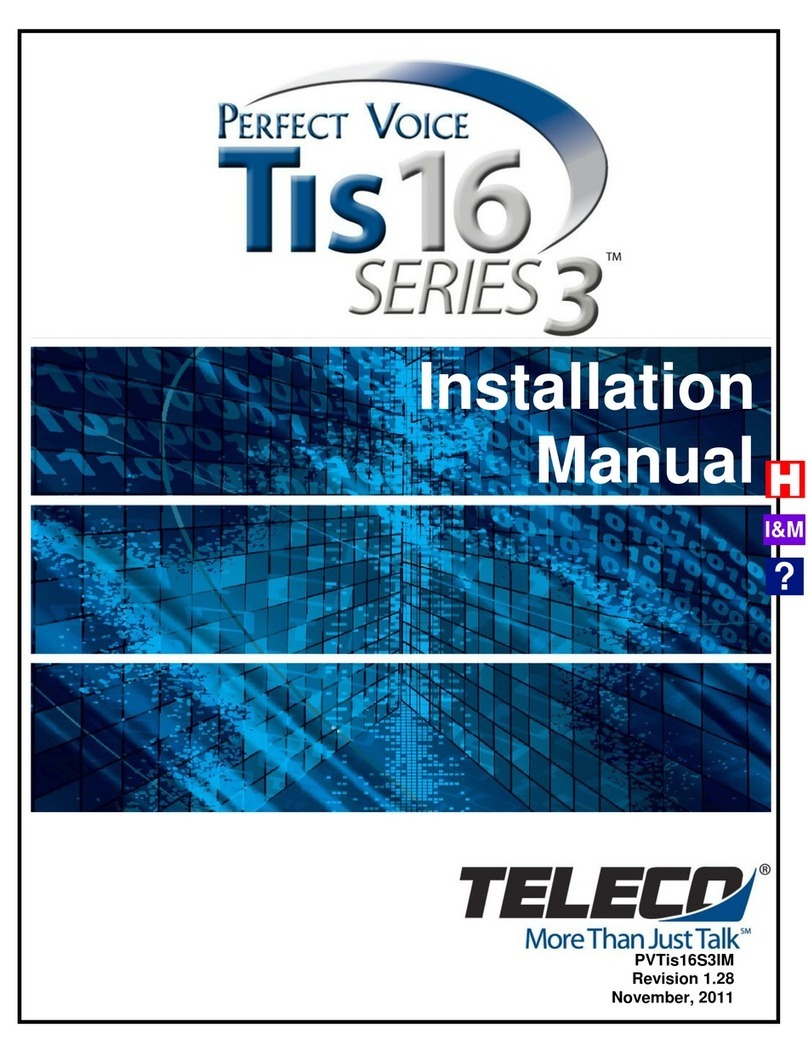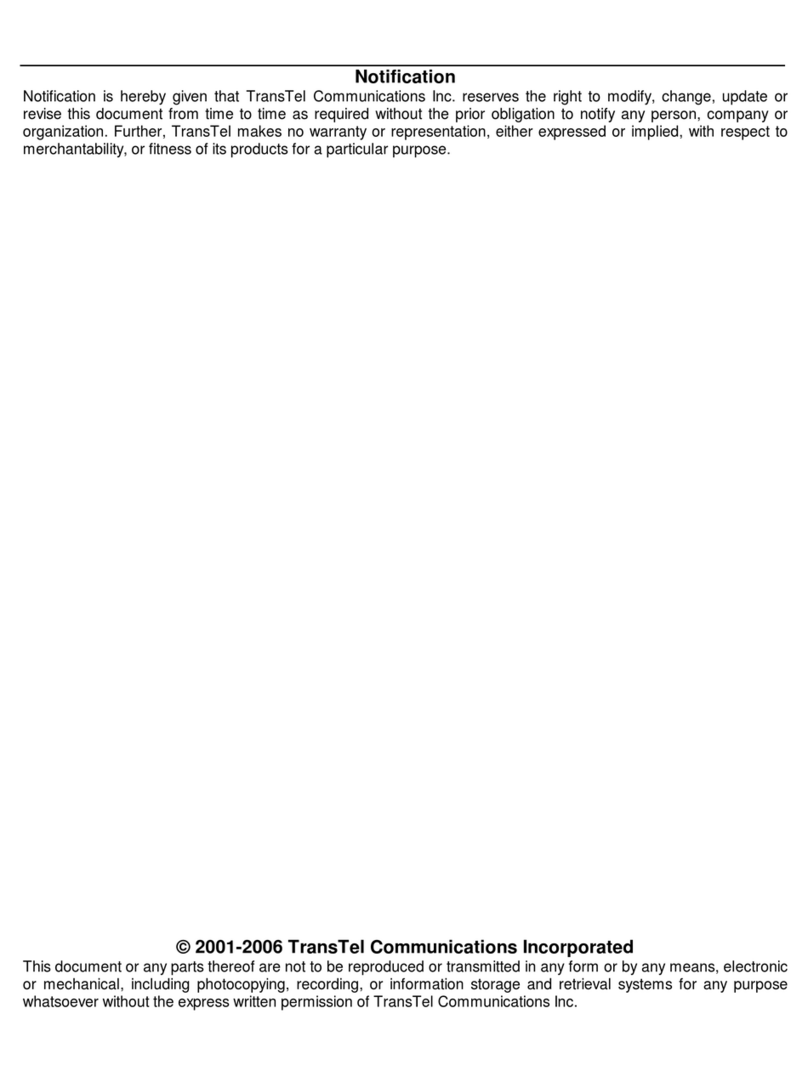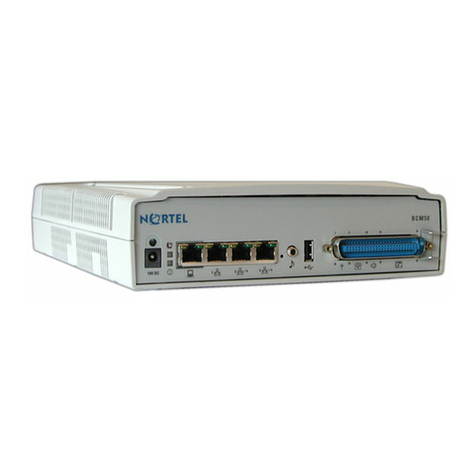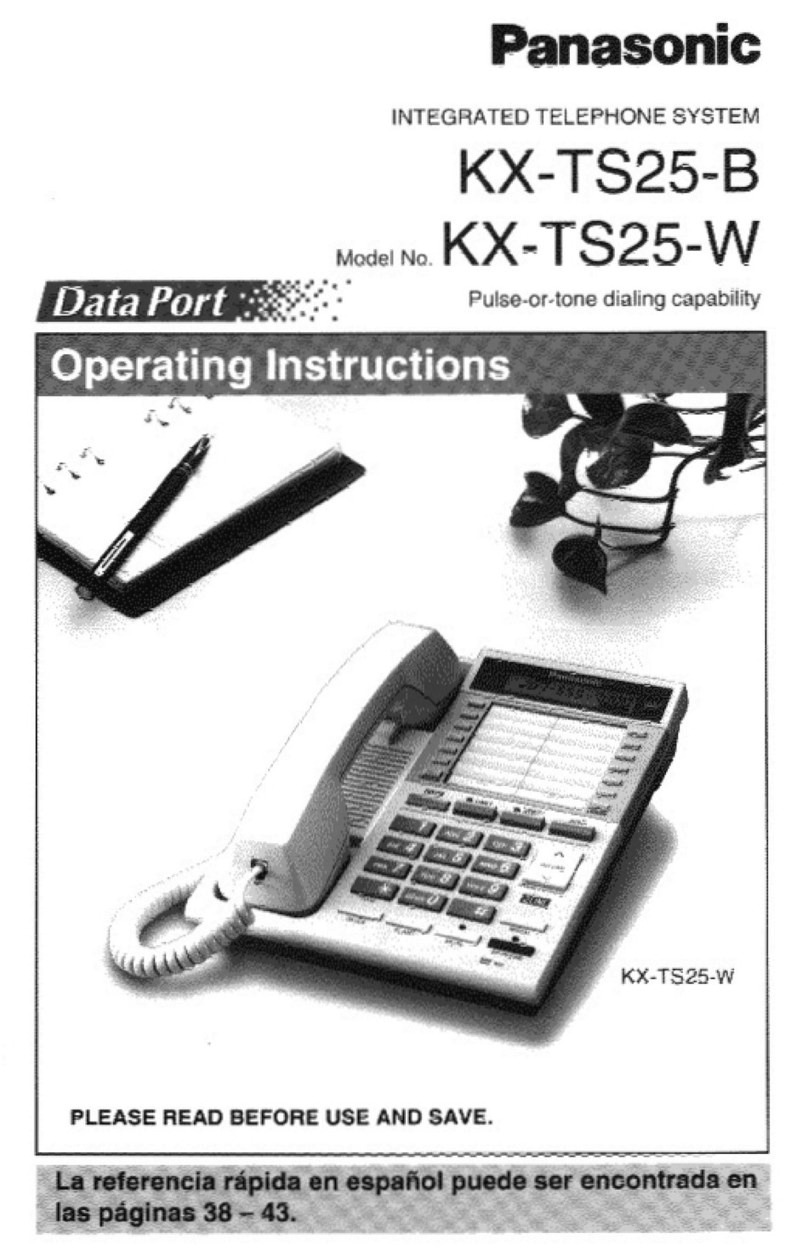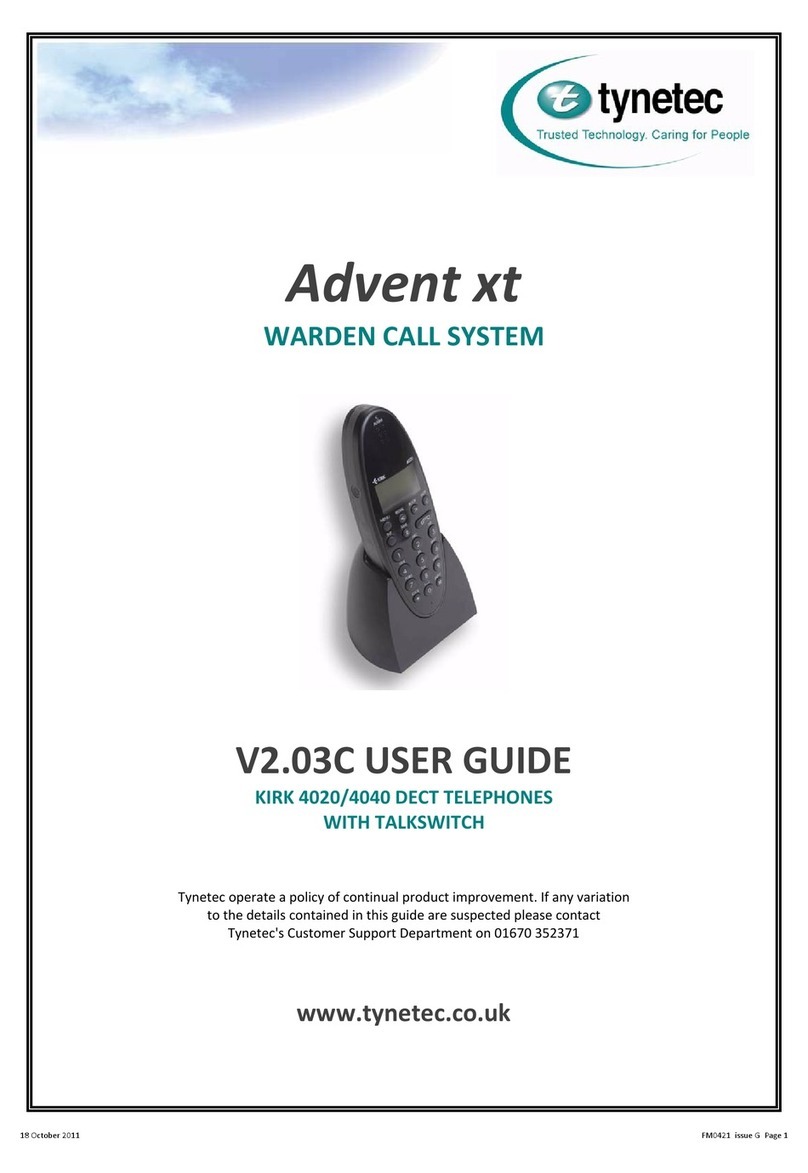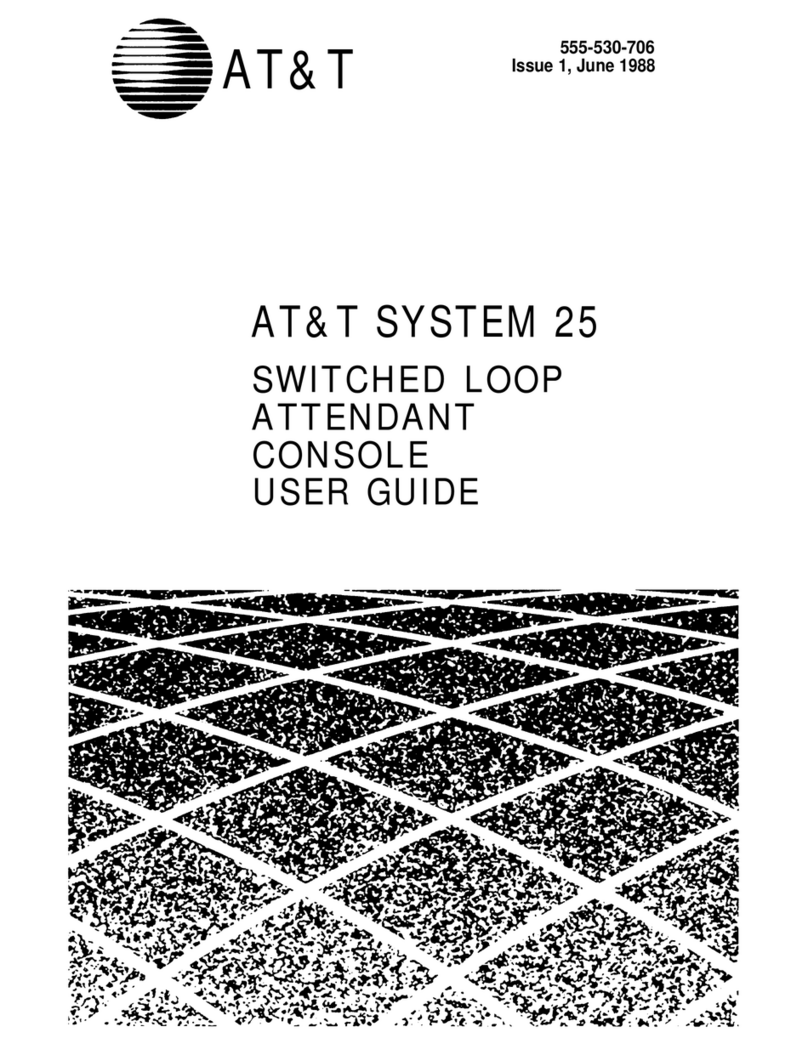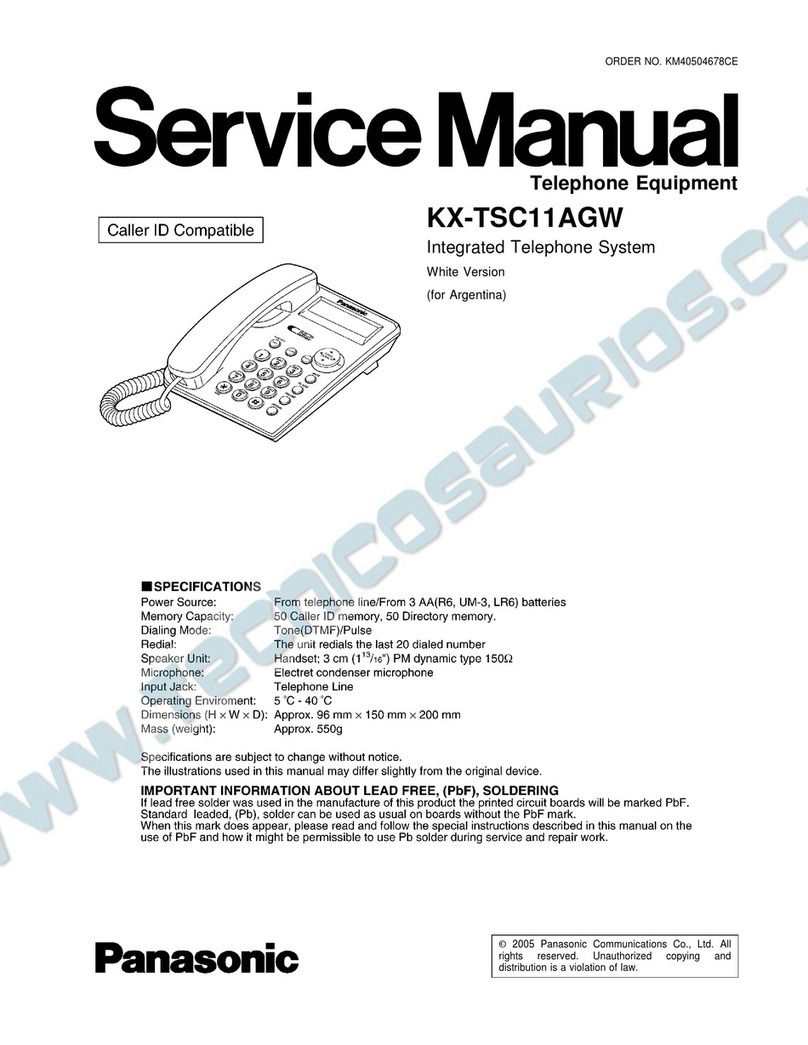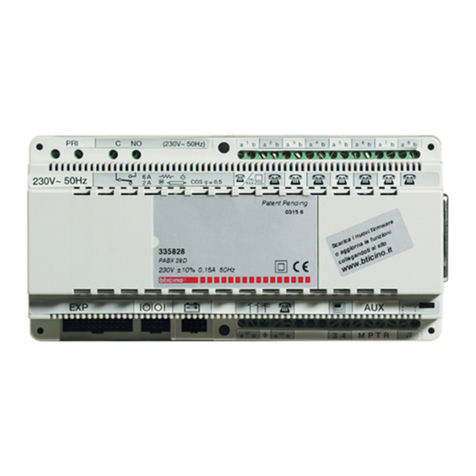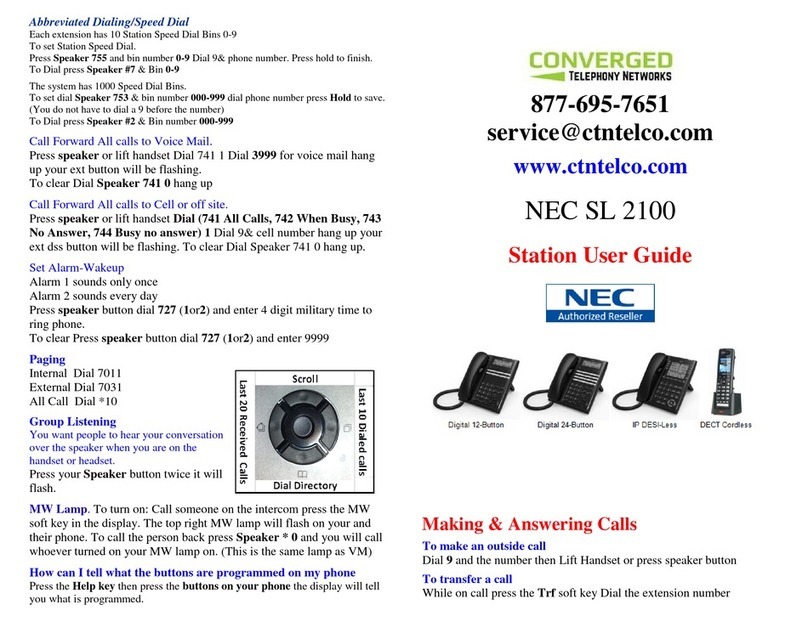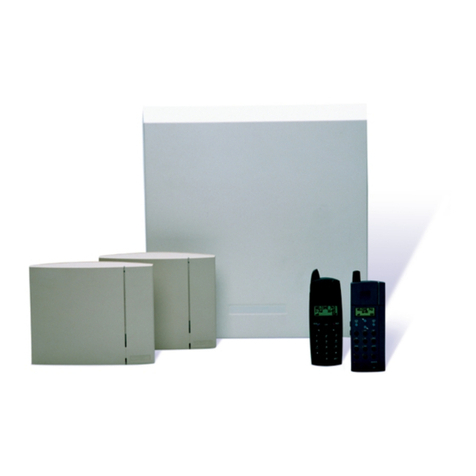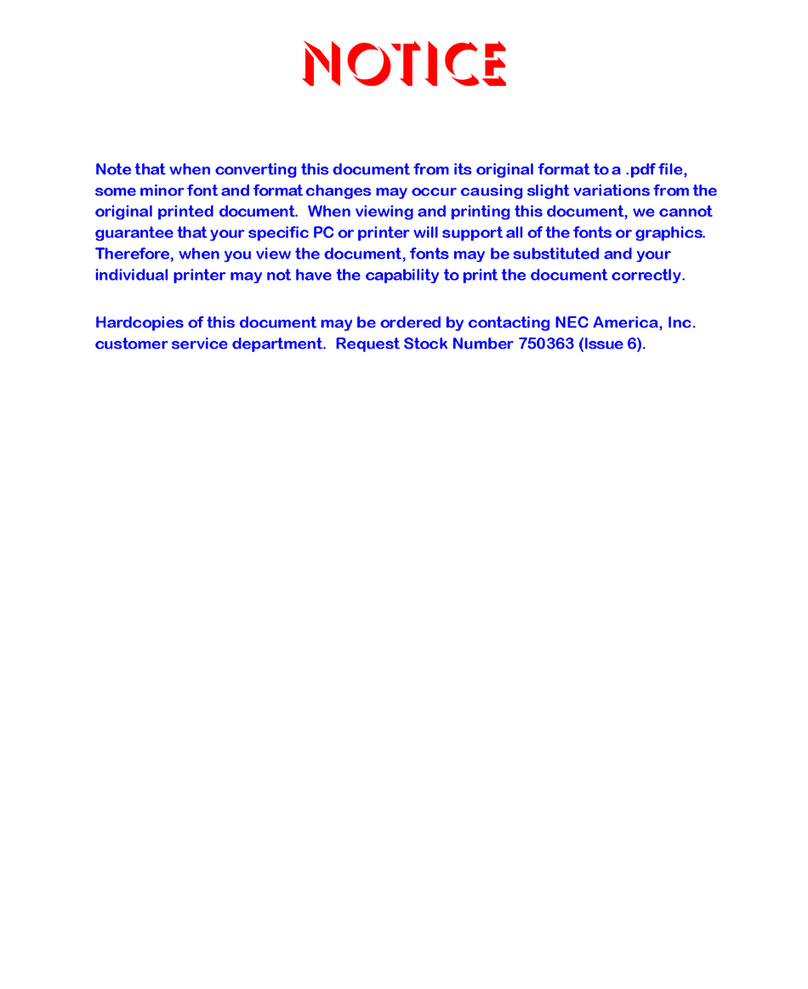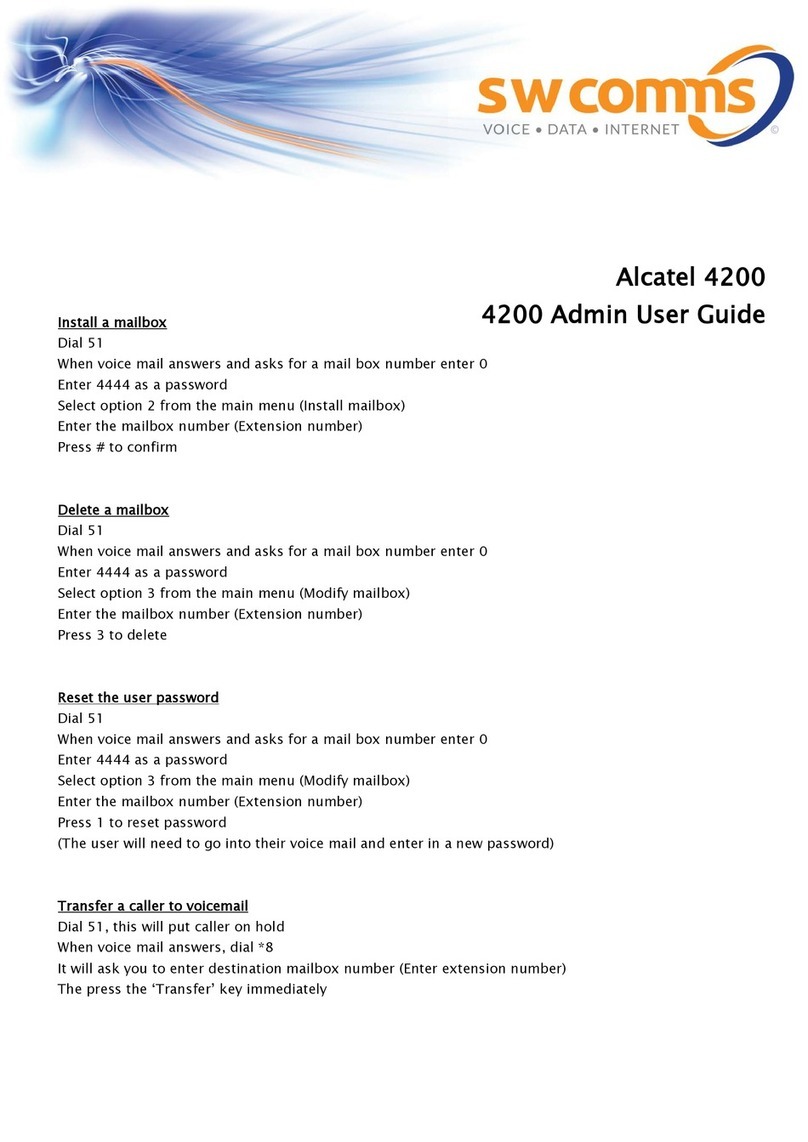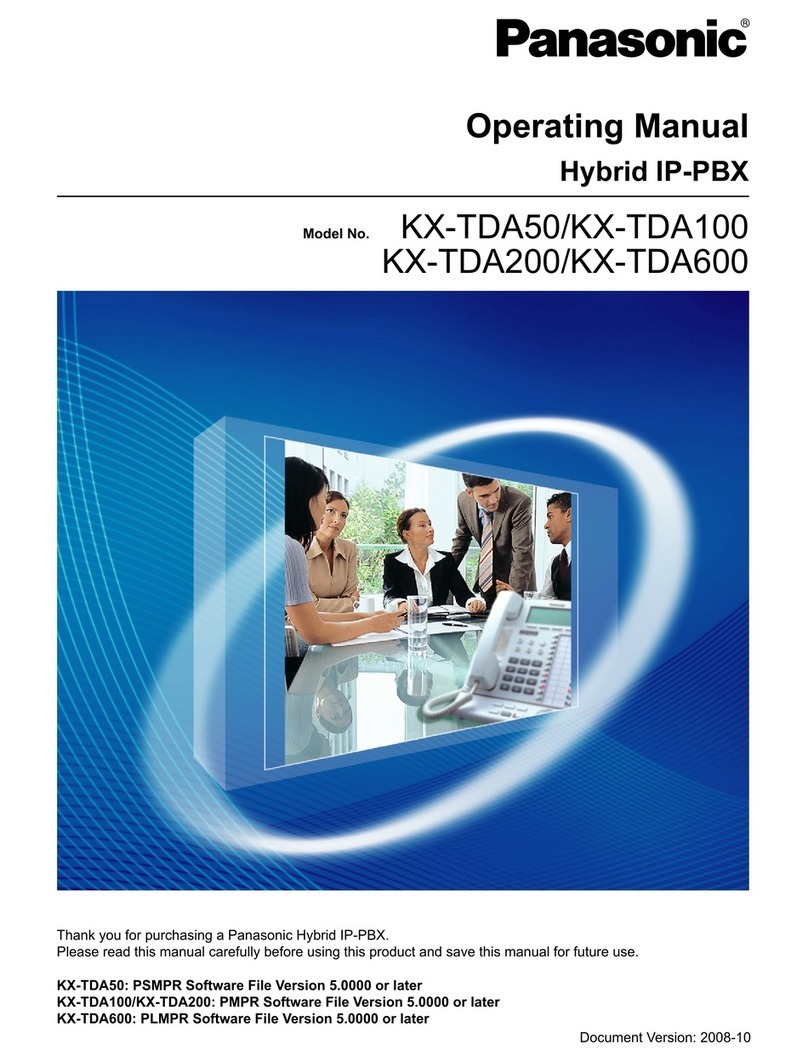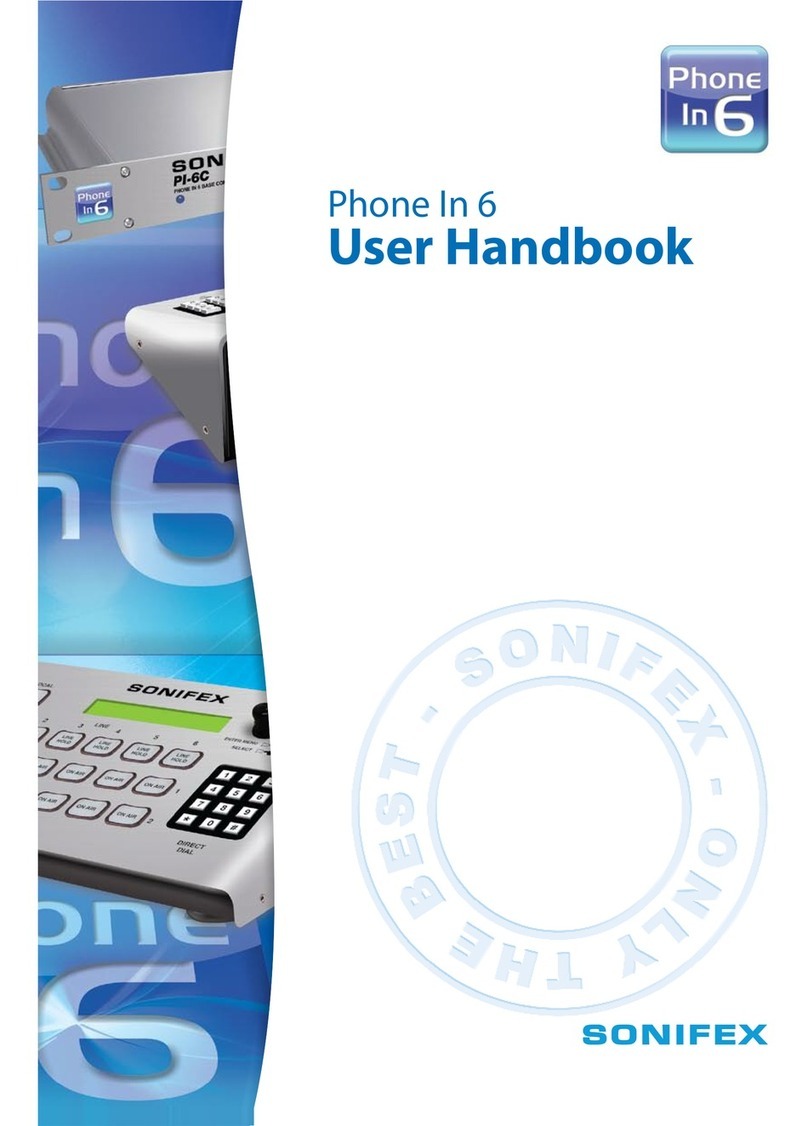
LTE910PS v1.00 User Manual JA16-UM Page 8 Rev: 00 Date: 07/24/19
© Copyright 2019 Janus Remote Communications Specifications subject to change without notice
All Rights Reserved See website for latest revision. Not intended for life support applications.
4. Configuration continued
At this point the user has 10 seconds to enter one of the following commands followed by a line termination
(‘Enter’ key on PC’s):
TERMINAL MENU COMMANDS
COMMAND FUNCTION
?, H Outputs the current menu options.
Q, QUIT Exits the menu and causes the POTSwap to proceed with the normal operation.
XMODEM Download upgrade binary
REBOOT Restart Application
CONFIG Configure Settings
IDENTIFY Display Cellular IMEI (International Mobile station Equipment Identity) and phone number
These commands are NOT case sensitive. Terminal menu commands operate as follows:
?, H: Entering a ‘?’ or ‘H’ character will output the Terminal menu command menu again. It can be useful if the
menu has scrolled off of a screen.
Q ,QUIT: Entering ‘Q’ or ‘QUIT’ will exit the DEBUG menu and continue with the normal start-up and operation of
the POTSwap.
XMODEM: Used for firmware upgrades.
REBOOT: Entering ‘REBOOT’ will restart the POTSwap, similar to pressing the RESET button.
CONFIG: Entering ’CONFIG’ will cause the configuration menu to be output:
IDENTIFY: Displays the phone # and IMEI number of the cellular radio.
Janus Remote Communications - WireLine III Board - POTSwap Conguration
=======================================================================
Open Switching Interval [900 ] 0-1200 ms
Dialing Tone Timeout [30000] 500-60000 ms
Dialing Digit Timeout [4000 ] 250-15000 ms
Busy Dwell Timeout [6000 ] 1000-30000 ms
Fixed Format Dialing [0] 0-1
Fail Over Mode [0] 0-2
Inbound Audio Gain [4] 1-16
Outbound Audio Gain [4] 1-16
Press M=Modify, D=Defaults, X=Exit and Save, Q=Quit and Discard
The configuration menu lists the name of the parameter, the current setting (in brackets), and the range or values of
settings available. These settings may vary depending on the model of Plug-In Terminus terminal used in the POTSwap.
Following the list of parameters are options for changing the configuration settings or leaving this menu: M, D, X, and
Q. These single character command options can be entered in upper or lower case, and no enter key is required.
CONFIGURATION COMMANDS
COMMAND FUNCTION
M – MODIFY Enter the parameter modification menu.
D – DEFAULTS Set all parameters to their default (factory) value.
X – EXIT AND SAVE Save changes and exit the configuration menu.
Q – QUIT AND DISCARD CHANGES Discard changes and exit the configuration menu.
M – MODIFY Commands:
Entering an ‘M‘ command will cause the current setting for each parameter to be output, and allows changing the
parameter setting. Currently, the following parameters can be modified:
